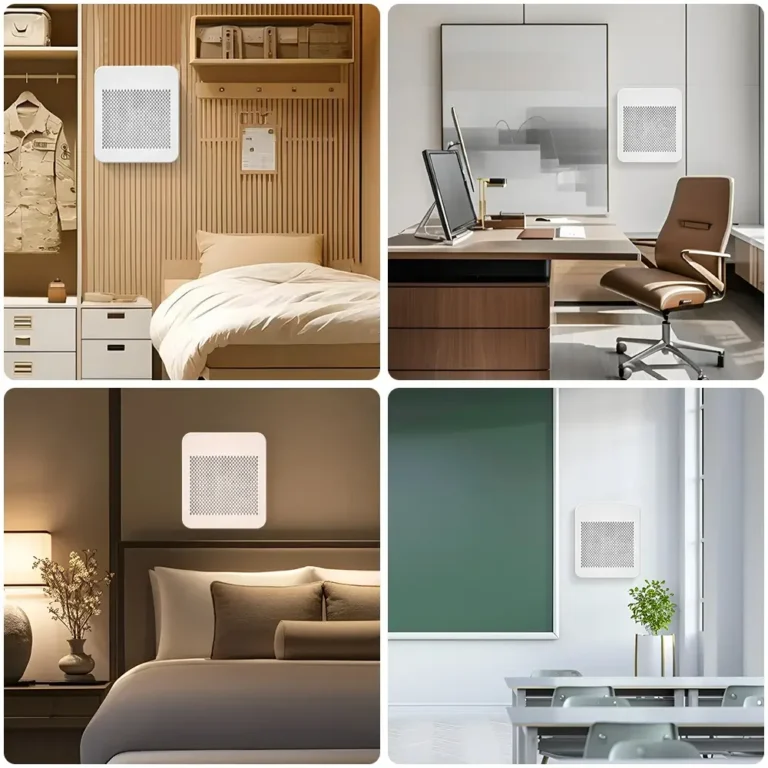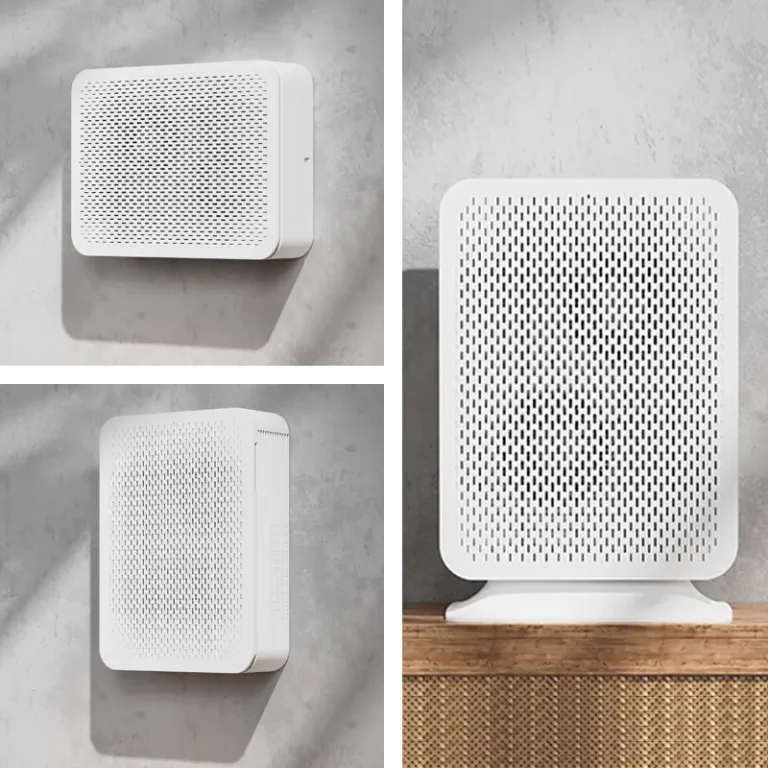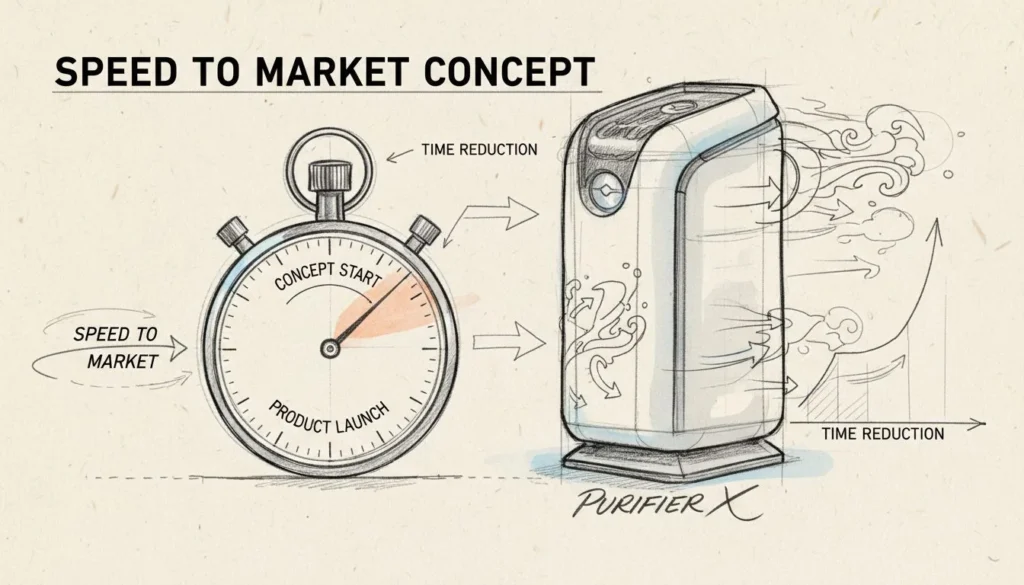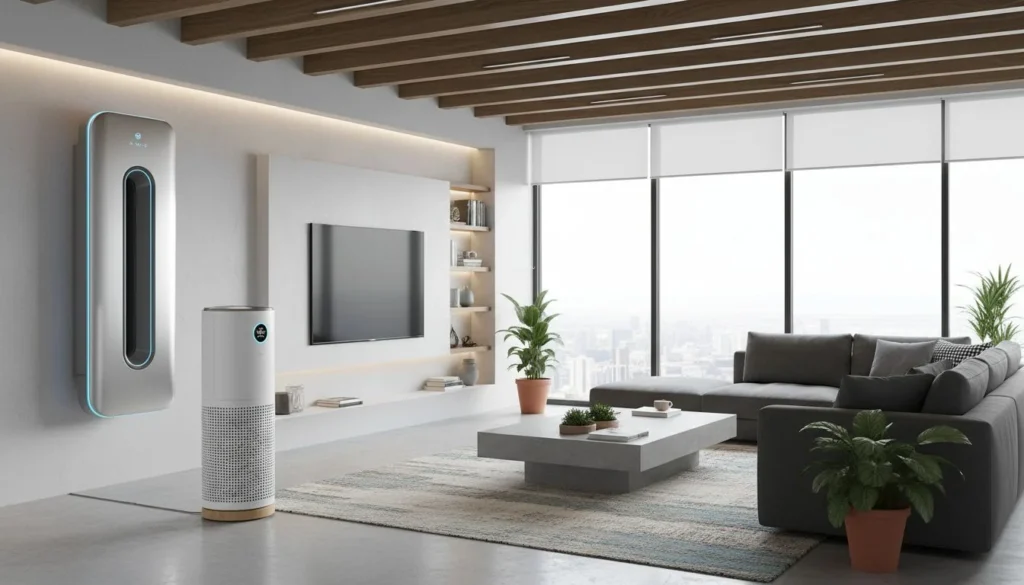
Alguma vez teve curiosidade em saber qual é a origem dos seus fiáveis purificadores de ar BlueAir? Vamos explorar a sua história!
Os purificadores de ar BlueAir são maioritariamente originários de Foshan, na China. Esta localização ajuda a reduzir as despesas de produção e a aumentar as vendas online. Os fornecedores de Shenzhen e Dongguan trabalham em estreita colaboração com a BlueAir. Eles mantêm uma forte cadeia de suprimentos. As necessidades globais são satisfeitas de forma eficiente. E são mesmo.
Descobri a história da produção da BlueAir e fiquei muito surpreendido com as actividades ocultas. Não se trata apenas de um local. Envolve também razões. A BlueAir expandiu os seus fornecedores depois de ter sido adquirida pela Unilever. Mudaram de estratégia devido à forte concorrência em linha. As marcas de purificadores de ar registaram um grande aumento desde a COVID. A BlueAir está a pensar em expandir as suas fábricas fora da China, em locais como o Vietname ou o México. É interessante observar a evolução das marcas em função das pressões globais e do mercado. Elas mantêm o nosso ar limpo!
Os purificadores de ar BlueAir são fabricados em Foshan, na China.Verdadeiro
A BlueAir transferiu a produção para Foshan para obter uma boa relação custo-eficácia e vendas em linha.
A BlueAir não tem fornecedores fora da China.Falso
A BlueAir tem fornecedores em Shenzhen e Dongguan, ambos na China.
Como é que a estratégia de fabrico da BlueAir evoluiu ao longo do tempo?
Venha comigo numa viagem pela estratégia de fabrico em mudança da BlueAir, uma história de força e de novas ideias em tempos difíceis a nível mundial.
A BlueAir alterou a sua estratégia de fabrico ao longo dos anos. Antes, dependia apenas de um fornecedor da China. Atualmente, tem uma cadeia de abastecimento global com muitos fornecedores. Esta mudança ajuda-os provavelmente a poupar dinheiro. Também lhes dá força. Os desafios geopolíticos atingem o mundo com frequência. Agora, a BlueAir pode lidar com eles.
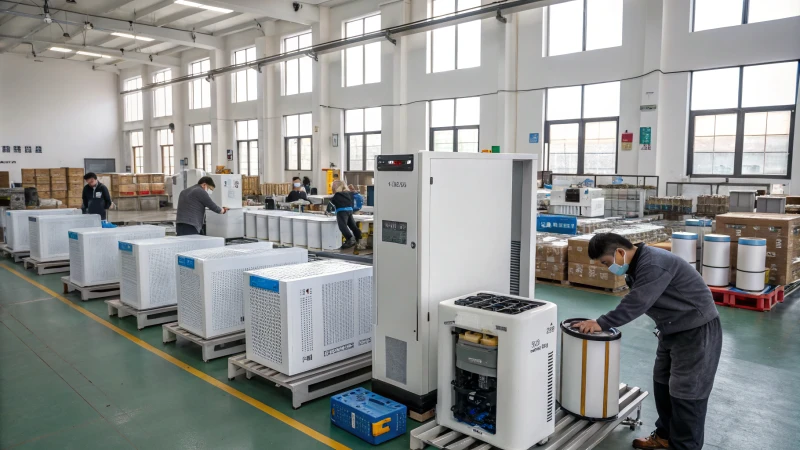
Mudança nos locais de fabrico
Inicialmente, BlueAir1 baseou-se fortemente nos nossos fornecedores de confiança na província de Guangdong, China. As principais localizações incluíam Shenzhen, Dongguan e Foshan. No entanto, com o passar do tempo, a BlueAir começou a compreender uma visão mais alargada, não só para reduzir as despesas, mas também para aumentar as vendas através de plataformas online como a Amazon. O objetivo era chegar a mais pessoas sem os custos habituais de venda a retalho.
Efeitos da concorrência no mercado
O panorama competitivo2 pós-COVID-19 influenciou significativamente a abordagem da BlueAir. O mercado dos purificadores de ar tornou-se mais concorrido, com novas marcas como a Levoit a ganharem popularidade, o que significou a necessidade de repensar as nossas estratégias para nos mantermos relevantes no competitivo mercado em linha.
| Ano | Estratégia-chave | Impacto |
|---|---|---|
| 2000s | Fornecedores chineses exclusivos | Consistência mas flexibilidade limitada |
| 2010s | Fornecedores diversificados | Maior resiliência e flexibilidade |
| 2020s | Estratégia global da cadeia de abastecimento | Aumento da competitividade e do alcance |
Consideração da estratégia China+1
Com o aumento dos riscos geopolíticos, participei em debates sobre a estratégia "China+1". Este conceito centra-se na diversificação da nossa produção para além da China, procurando parceiros de produção fora da China, em países como o Vietname, a Tailândia e o México. Esta estratégia ajuda-nos a evitar problemas comerciais e cria novas oportunidades de crescimento.
Impacto das aquisições e parcerias
Quando a Unilever adquiriu a BlueAir, ganhámos acesso a muitos recursos novos. Esta aquisição permitiu à BlueAir tirar partido de recursos e conhecimentos adicionais, facilitando a mudança para uma cadeia de fornecimento global mais robusta. As colaborações com diversos fabricantes permitiram à BlueAir otimizar os seus processos de produção e introduzir produtos inovadores de forma eficiente.
Tomar HisoAir3por exemplo. A empresa evoluiu de um fabricante exclusivo para uma parte crucial da nossa rede mais alargada. Estas parcerias realçam a forma como a BlueAir equilibrou as relações antigas com novas colaborações para um crescimento estratégico.
Esforços tecnológicos e de sustentabilidade
A nossa estratégia de avanço centra-se no transporte de produtos de forma eficiente e responsável. Na BlueAir, estamos a investir em tecnologia para melhorar a eficiência energética e a sustentabilidade no fabrico, integrando tecnologias avançadas para uma produção mais sustentável. O cumprimento das normas ambientais internacionais é uma prioridade.
A sustentabilidade não é apenas uma tendência para nós; é essencial. Os consumidores esperam-na, e é importante para nos posicionarmos como líderes no fabrico ecológico. Além disso, beneficia o negócio - reforçando a nossa marca e assegurando o sucesso futuro.
Percurso futuro na indústria transformadora
Olhando para o futuro, a BlueAir concentra-se em reforçar a resiliência da sua cadeia de fornecimento, continuando a inovar na tecnologia de purificação do ar. O nosso crescimento reflecte as tendências da indústria, em que a flexibilidade e a sustentabilidade são vitais para o triunfo do fabrico.
À medida que as mudanças no mercado continuam, a capacidade de adaptação da BlueAir será provavelmente fundamental para manter a sua vantagem competitiva na arena global dos purificadores de ar.
Ao compreender estas mudanças, as partes interessadas podem apreciar a forma como a BlueAir enfrenta os desafios do sector, mantendo a sua posição como uma marca líder na purificação do ar. A nossa estratégia dinâmica mostra como as empresas podem destacar-se em ambientes globais em evolução através da inovação e de alianças estratégicas.
Para mais informações sobre os avanços da tecnologia de purificação do ar, explore mais sobre Tecnologia Decibel Cancellation™4 utilizada por concorrentes como a HisoAir. Esta tecnologia realça a inovação que impulsiona os designs modernos dos purificadores de ar.
Inicialmente, a BlueAir dependia de uma única rede de fornecedores.Verdadeiro
Inicialmente, o fabrico da BlueAir estava concentrado em Guangdong, na China.
A BlueAir abandonou totalmente os fornecedores chineses na década de 2020.Falso
A BlueAir diversificou, mas não abandonou completamente os fornecedores chineses.
Porque é que a BlueAir escolhe determinadas localizações de fabrico?
Já alguma vez pensou no que decide onde uma marca global como a BlueAir abre uma loja?
A BlueAir seleciona os locais das suas fábricas tendo em conta os custos, o acesso aos mercados, as diferentes fontes de abastecimento e os factores políticos mundiais. Estes factores ajudam a manter os preços competitivos, as cadeias de abastecimento estáveis e prontas a reagir às mudanças no mercado. Sempre pronto para a mudança, isto é importante.
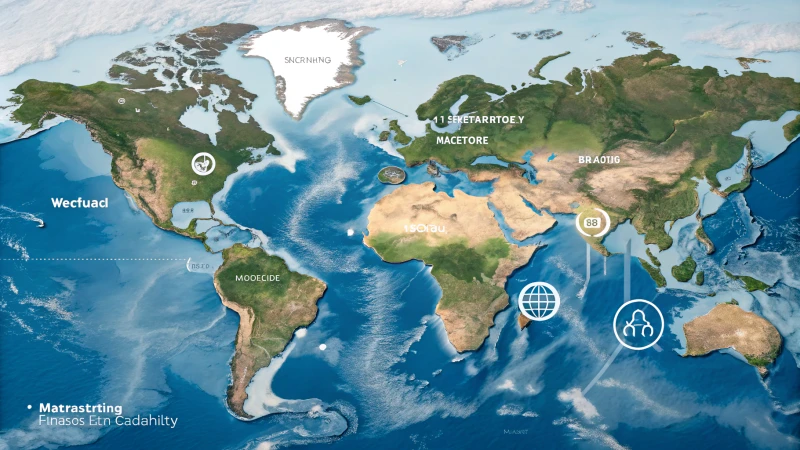
Factores económicos
A BlueAir tem em conta a eficiência dos custos quando seleciona os locais de fabrico. Isto implica avaliar os salários dos trabalhadores, os impostos e a qualidade das estradas. A BlueAir tira partido da indústria transformadora bem desenvolvida da China infra-estruturas5 para realizar economias de custos.
Diversificação da cadeia de abastecimento
A aquisição pela Unilever levou a BlueAir a diversificar os seus fornecedores, evitando a dependência de uma única fonte. Isto é semelhante à minha experiência de mudar de fornecedor depois de me deparar com problemas significativos na minha atividade. A estratégia "China+1" da BlueAir inclui a exploração de países como o Vietname e a Tailândia para melhorar a cadeia de abastecimento resiliência6.
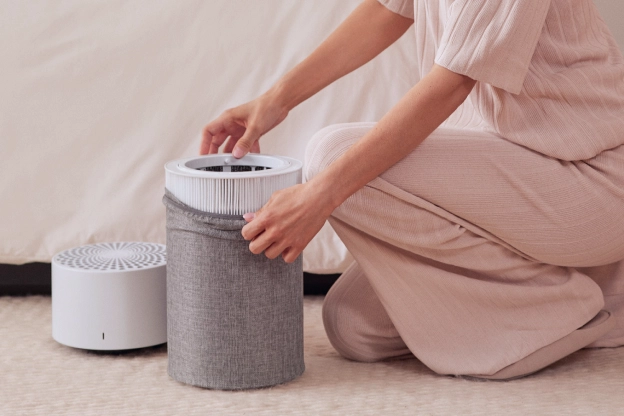
Acessibilidade do mercado
A proximidade dos clientes reduz os custos de transporte e os prazos de entrega, aumentando a satisfação dos clientes com entregas mais rápidas. Ao estabelecer fábricas no México, a BlueAir pode servir melhor o mercado norte-americano, o que é crucial para competir com marcas como a Levoit.
Estabilidade geopolítica
Os factores políticos influenciam a localização das fábricas. Compreendo como as mudanças na política comercial podem afetar as operações comerciais. A BlueAir monitoriza de perto as regras comerciais entre os EUA e a China e explora alternativas fabrico7 sítios para manter a competitividade.
Cenário competitivo
O mercado dos purificadores de ar tornou-se altamente competitivo após a COVID-19, tal como quando enfrentei uma concorrência intensa que exigiu uma inovação rápida. A BlueAir centra-se na produção de unidades acessíveis para compradores em linha, principalmente através de plataformas como a Amazon US.
| Fator | Descrição |
|---|---|
| Eficiência de custos | Avaliação dos salários e impostos sobre o trabalho |
| Cadeia de fornecimento | Estratégia "China+1" para a resiliência |
| Acesso ao mercado | Fábricas próximas dos principais mercados |
| Estabilidade geopolítica | Controlo dos riscos políticos |
| Vantagem competitiva | Modelos acessíveis para o comércio eletrónico |
A BlueAir segue a estratégia "China+1".Verdadeiro
A BlueAir diversifica os fornecedores para além da China, explorando o Vietname e a Tailândia.
A BlueAir fabrica apenas na China para reduzir os custos.Falso
A BlueAir diversifica as localizações para obter eficiência de custos e acesso ao mercado.
Porque é que a BlueAir está a considerar uma estratégia de cadeia de abastecimento China+1?
No mundo em constante mudança do comércio global, comecei a repensar as estratégias da cadeia de abastecimento da BlueAir. Com as tensões entre países e os problemas de pandemia, optar por uma abordagem China+1 pode ser o nosso plano de salvação. Este pode ser realmente o nosso plano de salvação.
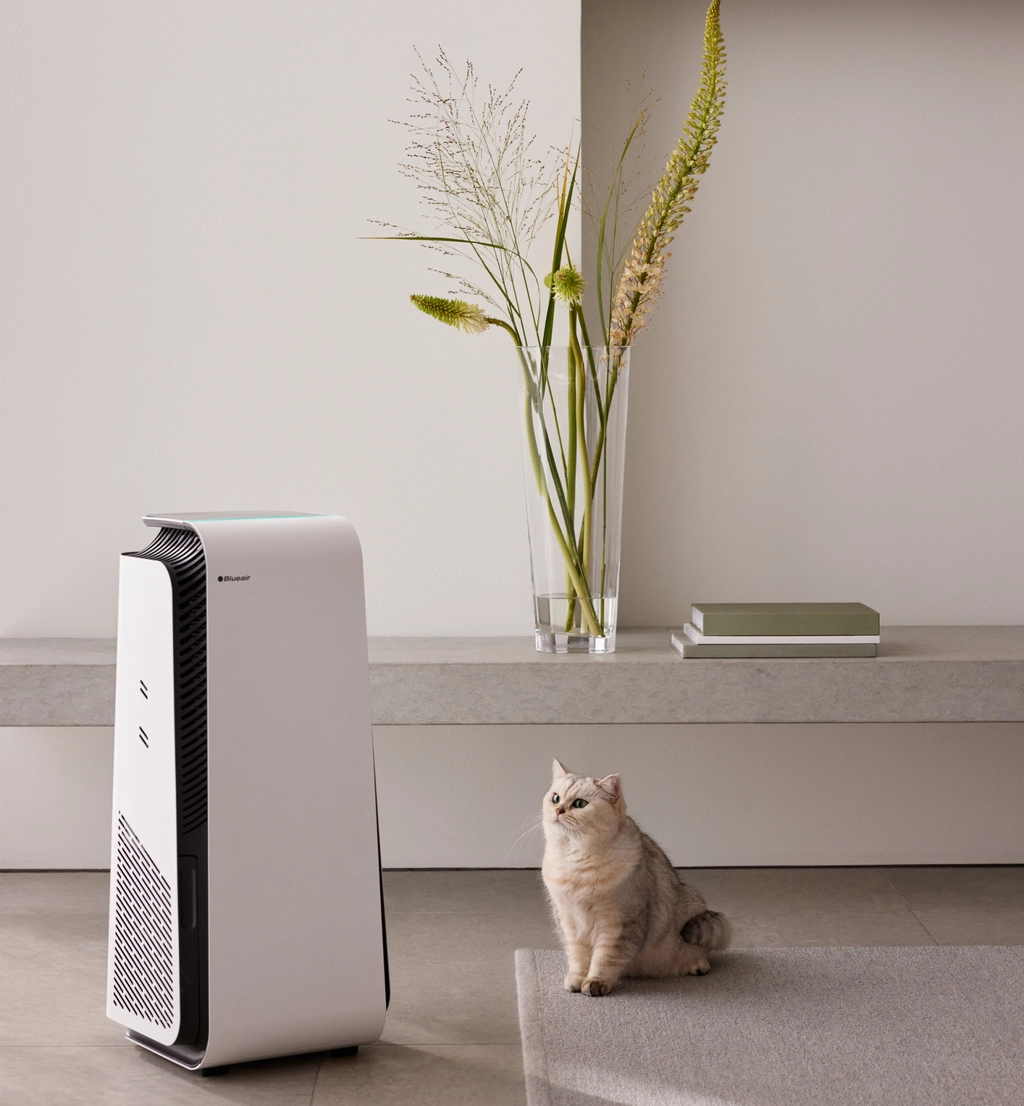
A BlueAir está provavelmente a estudar um plano de cadeia de abastecimento China+1 para distribuir as suas fontes de produção. Esta estratégia ajuda a reduzir os riscos decorrentes de uma dependência excessiva dos fornecedores chineses. As tensões comerciais globais e a concorrência no mercado são as razões subjacentes a esta ação. Estas razões são muito importantes para a BlueAir.

Compreender a estratégia China+1
Pense numa altura em que contávamos muito com a China. Parecia lógico, barato e eficiente. Mas em muitas reuniões, discutimos o aumento dos custos laborais e as questões comerciais. Apercebemo-nos da necessidade de um plano de reserva. Foi então que surgiu a estratégia China+1.
A estratégia China+1 consiste em adquirir produtos na China juntamente com um ou mais países. Esta abordagem tem como objetivo repartir o risco e aumentar a resiliência da cadeia de abastecimento8 não depender exclusivamente da China.
Este plano é mais do que uma questão de logística. Significa explorar novas opções e não depender apenas de um local. Ao abastecermo-nos na China e noutro país, distribuímos os nossos riscos. Evitamos problemas se algo correr mal.
Cenário atual da cadeia de abastecimento da BlueAir
Imaginemos que as nossas principais fábricas na província de Guangdong estão cheias de atividade. Esta configuração funcionou bem durante muito tempo, mas também tem riscos. As mudanças políticas e os problemas de transporte são ameaças reais. Já vi o lado bom e o lado mau desta estrutura. É altura de mudar.
Historicamente, a BlueAir tem dependido fortemente dos seus parceiros de fabrico chineses, com as suas principais fábricas situadas na província de Guangdong. Esta situação tem sido rentável, mas também expôs a empresa a riscos como mudanças políticas e estrangulamentos logísticos.
Com uma estratégia China+1, poderíamos olhar para locais como o Vietname ou o México. Obteríamos fornecimentos de diferentes áreas e reduziríamos os riscos diversificando os fornecedores.
Pressões competitivas do mercado
Após a pandemia, muitas pessoas começaram a vender purificadores de ar. Marcas como a Levoit ganharam popularidade online. Temos de repensar a nossa estratégia para nos mantermos competitivos.
Após a pandemia, o mercado dos purificadores de ar tornou-se intensamente competitivo. Marcas como a Levoit ganharam força online, levando a BlueAir a repensar a sua estratégia para se manter competitiva.
Uma cadeia de abastecimento variada permite-nos responder rapidamente às necessidades do mercado e lançar novos produtos mais rapidamente, reduzindo os prazos de entrega de lançamento de novos produtos9.
| Fator | Impacto na cadeia de abastecimento |
|---|---|
| Tensões comerciais | Aumenta os custos e a complexidade |
| Custos laborais na China | Incentiva a exploração de alternativas mais baratas |
| Concorrência de mercado | Necessita de ciclos de produção mais rápidos |
Considerações geopolíticas e económicas
Compreender as mudanças geopolíticas é crucial para as empresas. As grandes economias, como os EUA, alteram as regras do comércio mundial.
As políticas comerciais globais, especialmente as que envolvem grandes economias como os Estados Unidos, desempenham um papel crucial na definição das decisões relativas à cadeia de abastecimento.
Estar ativo em muitos países é lógico; protege-nos de mudanças comerciais ou impostos repentinos.
Além disso, ter instalações fora da China pode ajudar a proteger contra flutuações cambiais, alterações regulamentares e potenciais perturbações devido a conflitos geopolíticos10.
Ter sítios fora da China não é apenas inteligente; é necessário para gerir as oscilações cambiais e as perturbações decorrentes de conflitos.
Considero que esta estratégia diversificada é mais do que uma precaução - é necessária para construir uma cadeia de fornecimento sólida para o futuro da BlueAir.
A BlueAir depende exclusivamente do fabrico chinês.Falso
A BlueAir está a considerar a possibilidade de diversificar a sua cadeia de abastecimento para além da China.
O Vietname é uma alternativa potencial para a produção da BlueAir.Verdadeiro
A BlueAir considera o Vietname como parte da sua estratégia China+1.
Como é que a BlueAir garante a qualidade em toda a sua cadeia de fornecimento global?
Já alguma vez pensou como é que a BlueAir mantém a sua cadeia de abastecimento global a funcionar bem e sem problemas?
A BlueAir mantém uma elevada qualidade na sua cadeia de abastecimento mundial através de relações sólidas com os fornecedores. Os controlos de qualidade rigorosos desempenham um papel fundamental. A empresa utiliza uma estratégia inteligente China+1 para ter fábricas em diferentes locais. Isto ajuda a cumprir padrões elevados. A empresa mantém-se flexível às mudanças no mercado.
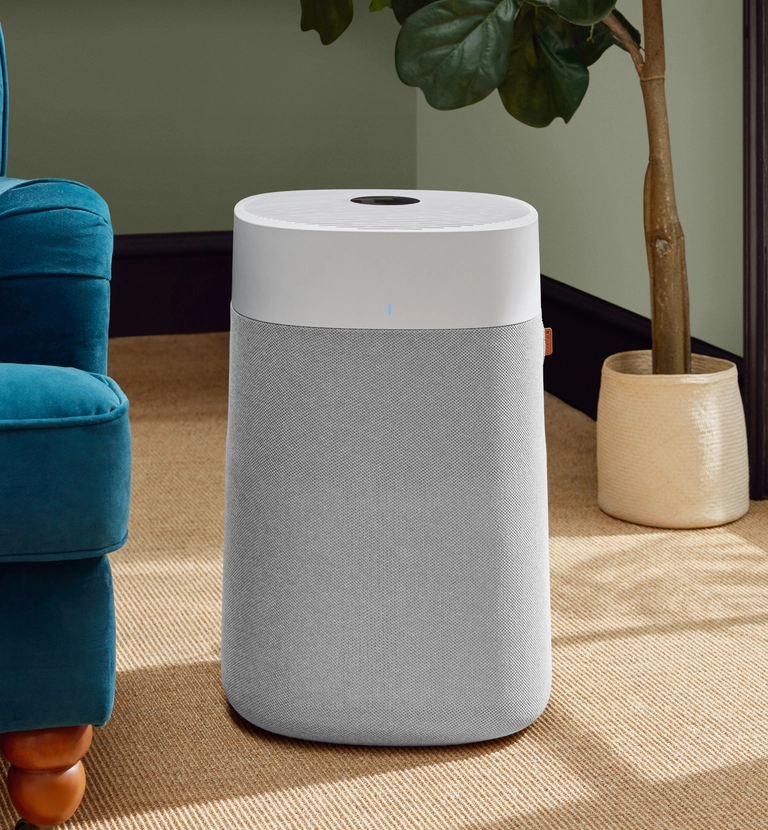
Relações e seleção de fornecedores
As relações com os fornecedores são muito importantes. Lembro-me dos meus primeiros dias a trabalhar com vários fabricantes. A BlueAir, por exemplo, trabalha com muitos fornecedores de confiança, incluindo HisoAir11 na China, para manter a qualidade constante. Estas parcerias resultam de anos de confiança e de um amor partilhado por um trabalho de alta qualidade. A confiança e a qualidade são essenciais.
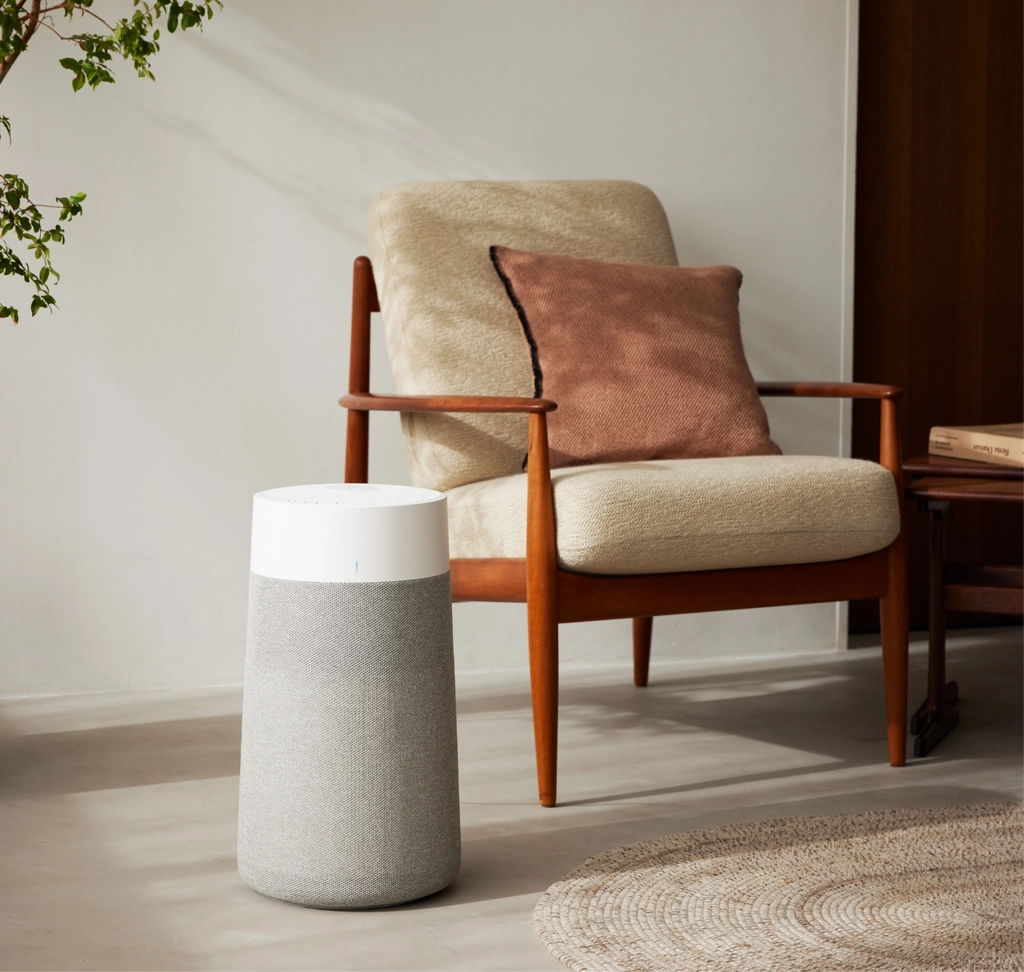
Medidas de controlo da qualidade
As verificações de controlo de qualidade são cruciais. Cada produto é submetido a inspecções pormenorizadas com ferramentas de alta tecnologia. Há muito tempo, fiz controlos semelhantes como engenheiro e são vitais para manter os produtos sempre excelentes. Os controlos precisos são o segredo.
Estratégia China+1
A BlueAir está a pensar numa abordagem China+1 para se manter à frente num mercado em rápida evolução. Isto significa expandir a produção para locais como o Vietname e o México. Pense nisto como ter um plano B para as férias, para que as interrupções não estraguem a diversão. As localizações extra são muito importantes.
| País | Função principal | Vantagens |
|---|---|---|
| China | Principal centro de produção | Infra-estruturas estabelecidas |
| Vietname | Fabrico secundário | Custos laborais mais baixos |
| México | Local de montagem emergente | Proximidade do mercado norte-americano |
Adaptação às mudanças do mercado
O mercado dos purificadores de ar registou grandes mudanças após a COVID. Muitas empresas, como a BlueAir, passaram a efetuar vendas em linha, utilizando sítios como Amazon US12A empresa foi criada com o objetivo de responder ao aumento da procura e competir com marcas como a Levoit. As vendas em linha tornaram-se muito importantes.

Diversificação estratégica
O comércio global está sempre a mudar. Atualmente, a BlueAir procura parceiros fora da China. Esta combinação de parcerias é como ter diferentes investimentos para distribuir o risco. Manter a cadeia de abastecimento forte e flexível é crucial. A diversificação mantém as empresas seguras.
A BlueAir só fabrica na China.Falso
A BlueAir utiliza uma estratégia China+1, expandindo-se para o Vietname e o México.
A BlueAir efectua inspecções em todas as fases de produção.Verdadeiro
Utilizam tecnologia avançada para controlos de qualidade abrangentes.
Conclusão
Os purificadores de ar BlueAir são fabricados principalmente em Foshan, na China, com uma estratégia diversificada da cadeia de abastecimento para aumentar a resiliência e satisfazer as crescentes exigências do mercado em linha pós-COVID-19.
-
Compreender a dependência histórica da BlueAir de regiões de fabrico específicas para a tomada de decisões estratégicas. ↩
-
Explore a forma como a COVID-19 afectou a concorrência no mercado entre as marcas de purificadores de ar. ↩
-
Saiba mais sobre a parceria de longa data entre a HisoAir e a BlueAir. ↩
-
Descubra tecnologias inovadoras como o Decibel Cancellation™ utilizado nos modernos purificadores de ar. ↩
-
Explore as vantagens da China em termos de fabrico, incluindo os baixos custos, a mão de obra qualificada e as infra-estruturas desenvolvidas. ↩
-
Descubra como as empresas diversificam as cadeias de abastecimento para além da China para reduzir os riscos. ↩
-
Compreender o impacto das mudanças políticas nas decisões de fabrico a nível mundial. ↩
-
Descubra como a diversificação da sua cadeia de abastecimento pode aumentar a resistência contra perturbações globais e melhorar a flexibilidade operacional. ↩
-
Saiba por que razão uma cadeia de abastecimento ágil é vital para o lançamento atempado e bem sucedido de produtos em mercados competitivos. ↩
-
Compreender como as tensões geopolíticas afectam as cadeias de abastecimento globais e o que as empresas podem fazer para mitigar estes riscos. ↩
-
Saiba mais sobre a parceria de longa data da HisoAir com a BlueAir, realçando o seu papel na garantia de qualidade e no fabrico fiável. ↩
-
Compreender a mudança da BlueAir para canais de vendas em linha, como a Amazon US, em resposta às alterações do mercado. ↩

